Finger, Thumb & Cuff Guide
Finger Designs for Gloves
For welders, the right finger design is crucial. Some TIG welders prefer a seamless index finger for better feel with filling wire, while certain MIG welders appreciate the seamless trigger sensation. Tailoring finger design to individual preferences is key for an optimal welding experience.
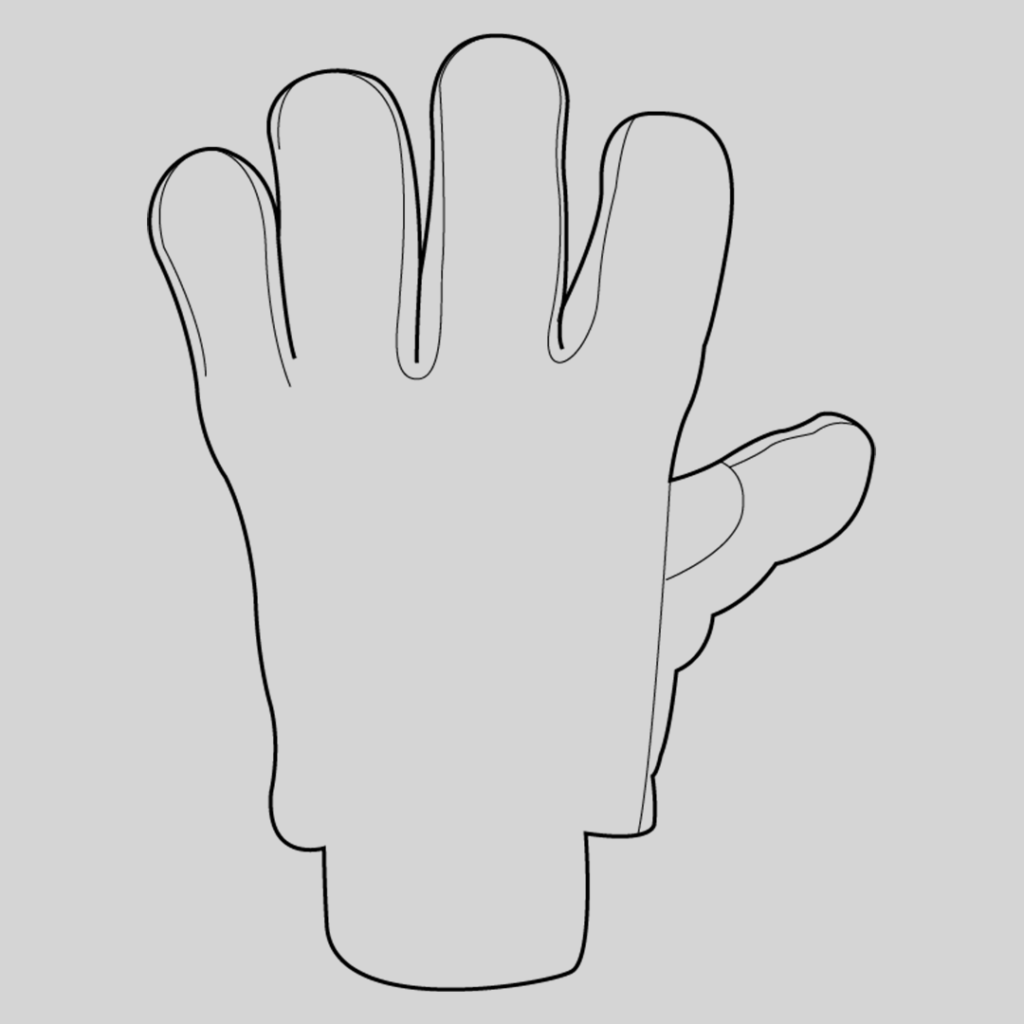
Seamless Index Finger
A seamless index finger lacks an outer-side seam, a feature of significance for both TIG and MIG welders. This design facilitates enhanced tactile feedback for TIG welders handling the rod and provides MIG welders with the necessary grip on the trigger.

Standard Index Finger
A typical index finger features a seam encircling the entire finger. This design is widely adopted and commonly found in most welding gloves due to its excellent and practical construction.
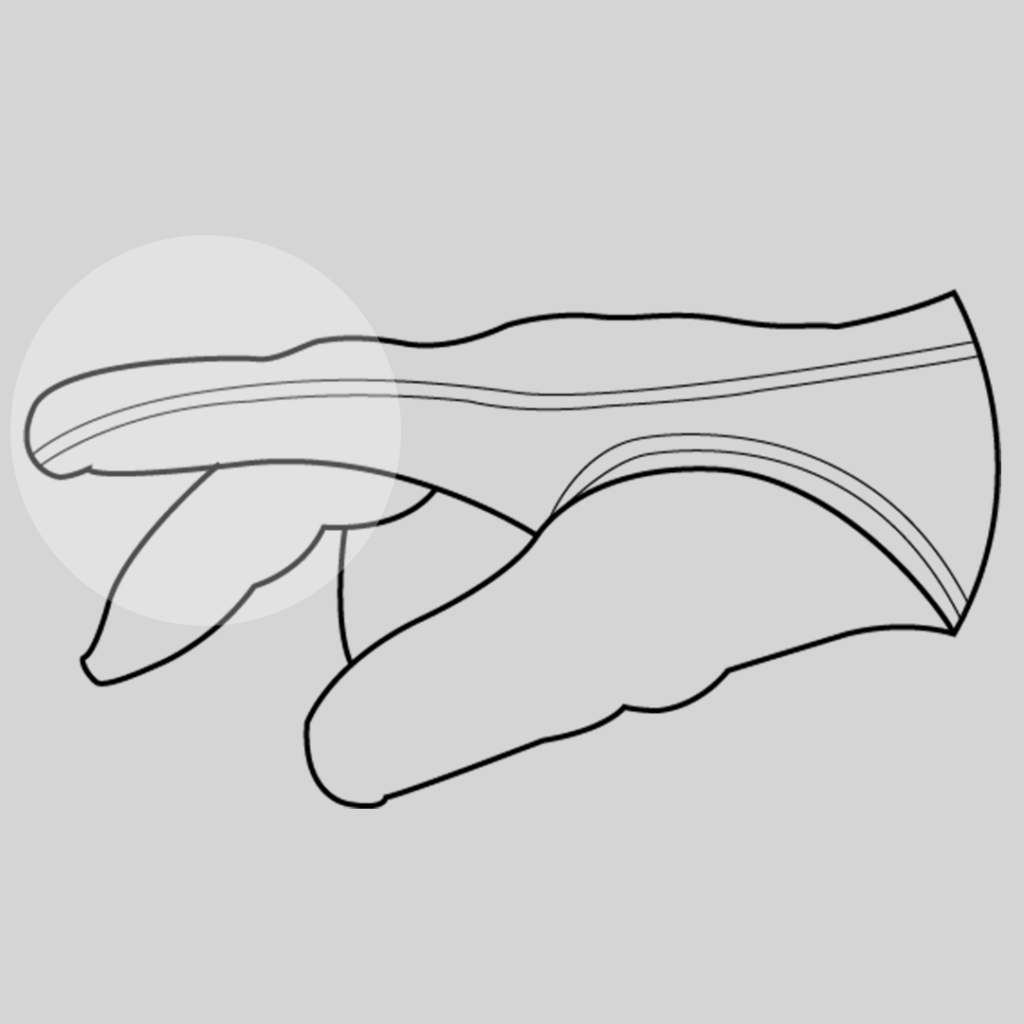
Double Stitched Index Finger
An index finger with double stitching enables the outer layer of the index finger to overlap, creating two parallel rows of stitching. This design, commonly seen in drivers’ gloves, enhances durability in a high-wear area, providing added resilience for extended use.
Thumb Designs for Gloves
Thumb design may seem varied for gloves, but it significantly impacts functionality and comfort. There’s no universally right or wrong thumb; it all boils down to individual comfort preferences.
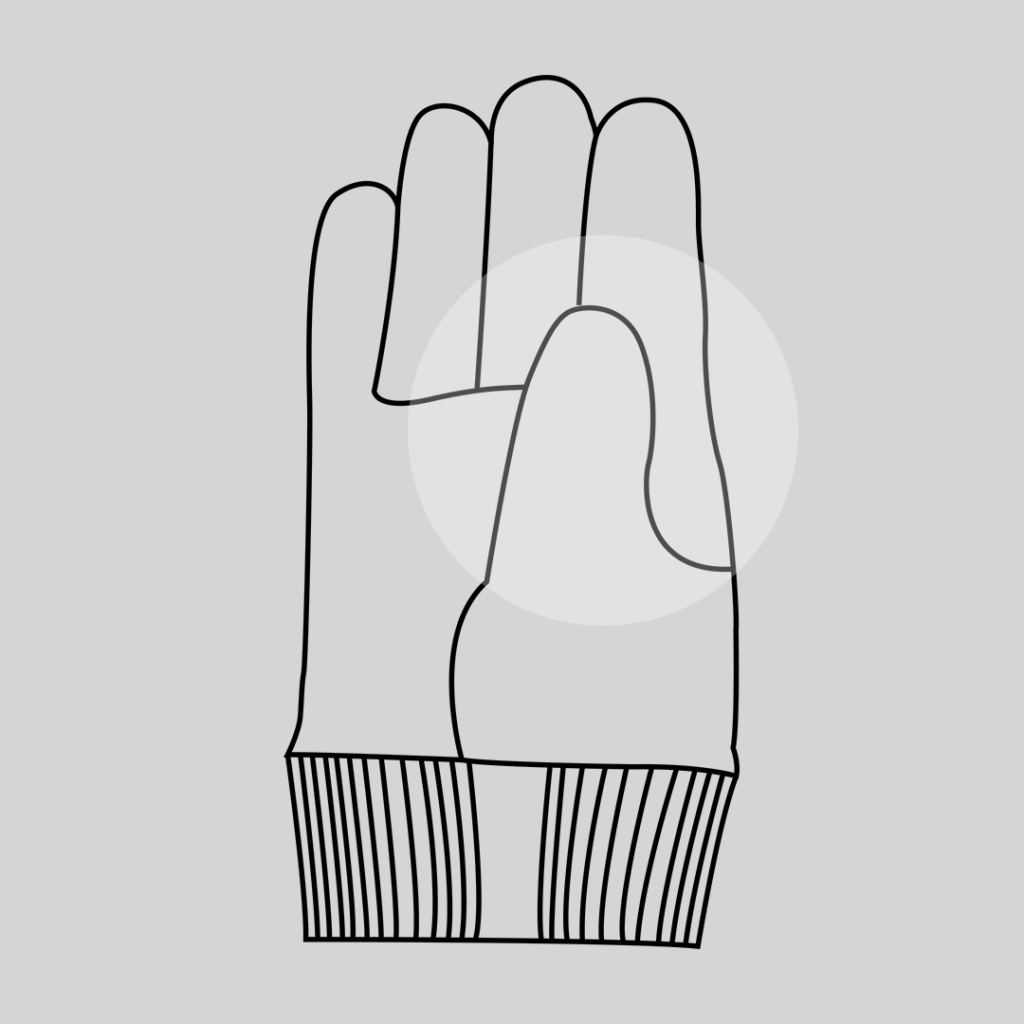
Straight Thumb
The Straight Thumb is a seamless, full thumb positioned perpendicularly to the wrist, featuring a sewn seam around it. This particular design is prevalent in welding gloves, providing a secure grip on the stinger, gun, or torch.
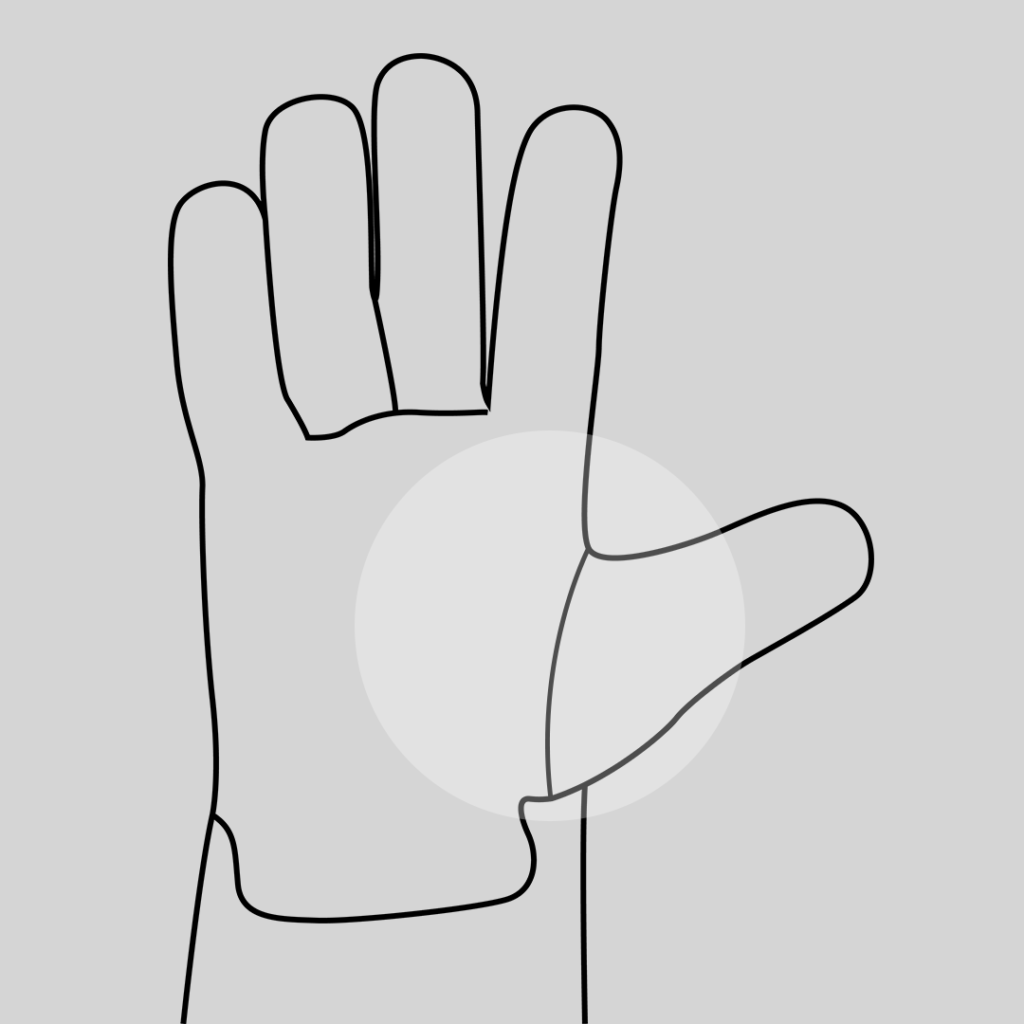
Wing Thumb
The Wing Thumb design incorporates a thumb sewn to the side of the glove, offering enhanced flexibility without a seam between the palm and thumb. Reinforcing welts are added to the seams for increased strength and protection against abrasion, sparks, and spatter.

Keystone Thumb
The Keystone Thumb style stands out for its exceptional flexibility and is considered the most ergonomic thumb design. This configuration features a set-in thumb sewn separately, incorporating reinforced extra stitching strategically placed for both comfort and enhanced dexterity.
Cuff Designs for Gloves
Leather work gloves exhibit diversity not only in their material and design but also in cuff styles, catering to various protection needs for different tasks. The four primary cuff styles are:
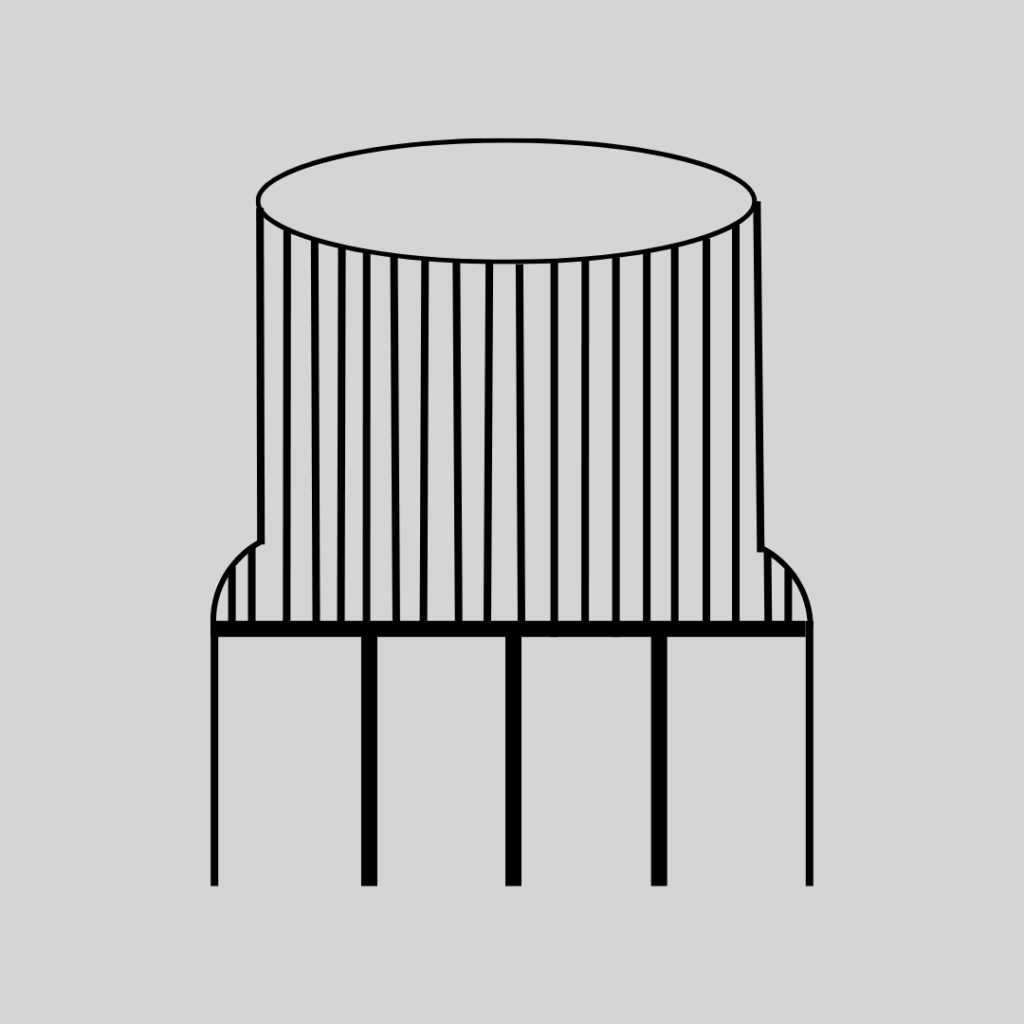
Knit Cuff
Elasticized, stitched, or plain material provides a snug fit, effectively keeping out water and debris.
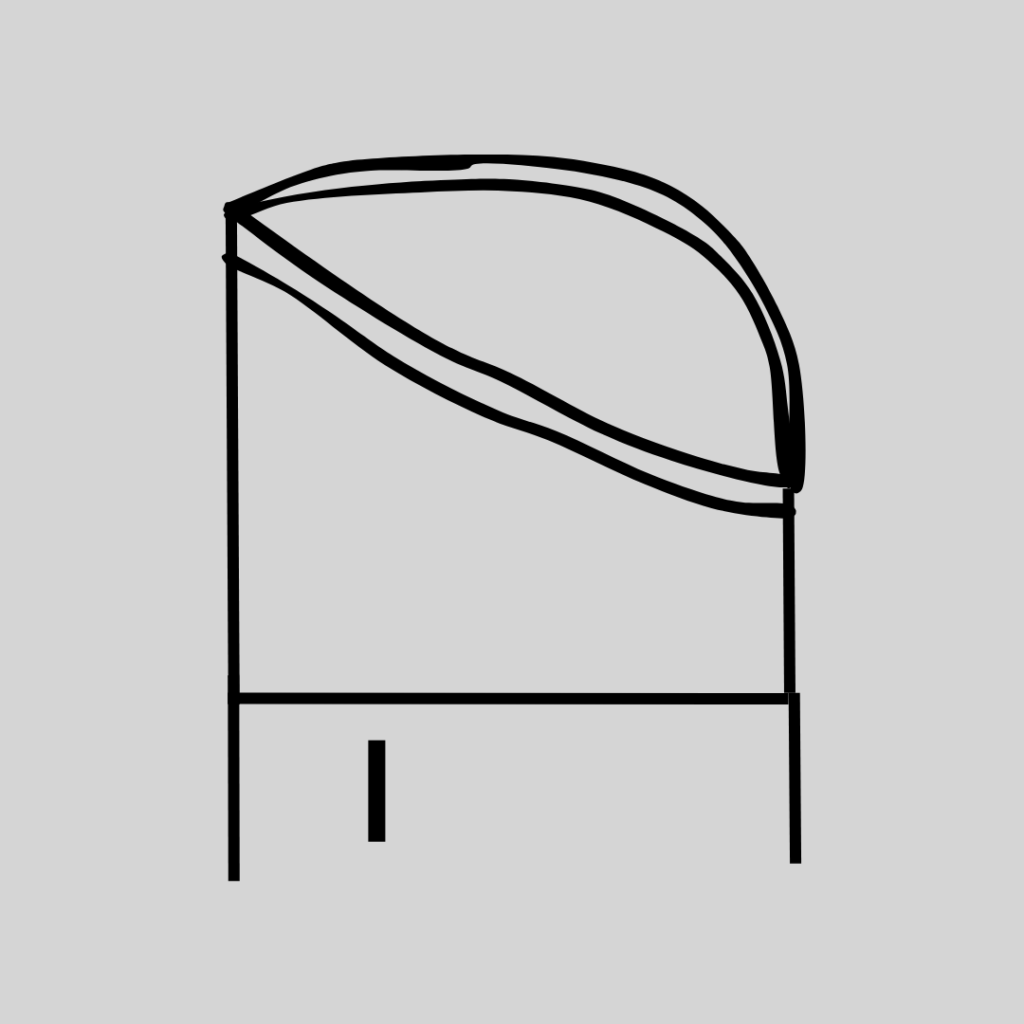
Slip-On Cuff
Features no cuff, with the leather extending over the wrist, often equipped with a shirred wrist for a secure fit.

Safety Cuff
Boasts a 2.5-inch cuff, designed for quick removal in emergency situations.
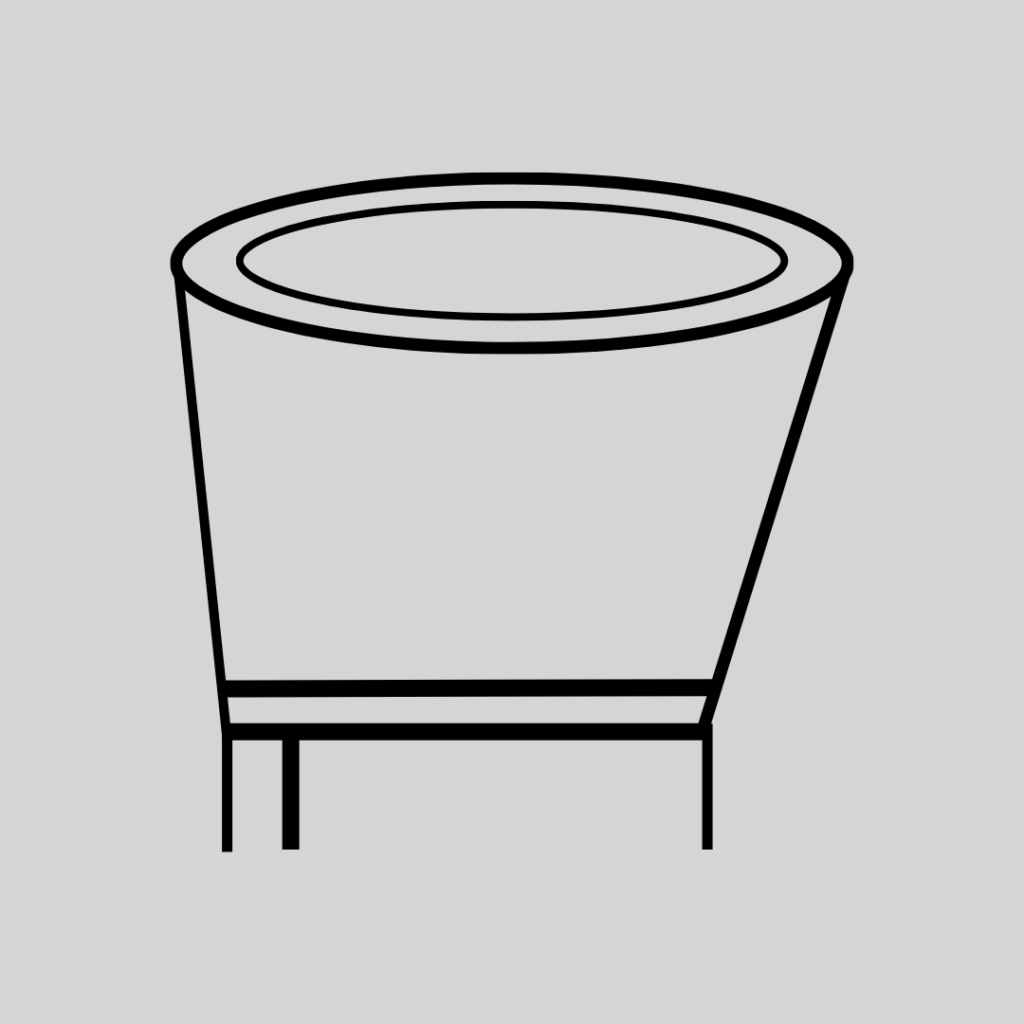
Gauntlet Cuff
Offers substantial forearm protection with a 4.5-inch cuff.
Leather palm cuffs are available in different materials, each serving specific purposes. Starched cuffs consist of two layers of fabric laminated and stiffened with starch. Plasticized cuffs feature a waterproof adhesive between two layers of fabric. Rubberized cuffs involve material layers bonded together using rubber cement.
These variations in design, cuff style, and cuff material are applicable across a range of leather work gloves, with each type tailored to meet specific needs and preferences.
Gloves Patterns
Leather gloves are typically designed using three common patterns: clute cut, gunn cut, and reversible.

Clute cut
Clute-cut gloves offer seam-free palms, with stitching situated on the back of the hand, ensuring enhanced comfort and hand protection.

Gunn cut
Gunn cut gloves boast a seamless back, with the seam strategically placed at the natural crease of the hand, specifically the base of the two middle fingers. This pattern is widely employed in work gloves due to its prevalence.

Reversible
Reversible gloves are particularly advantageous for tasks involving substantial wear on the palm and thumb. These gloves can be worn on either hand interchangeably, providing flexibility and extended usability.
